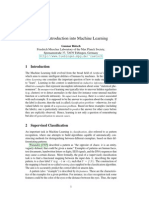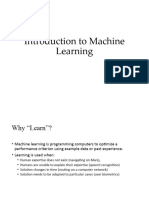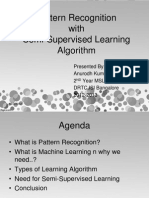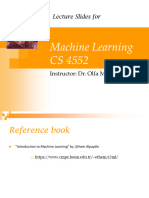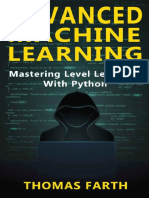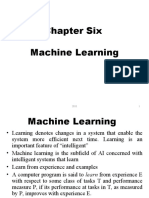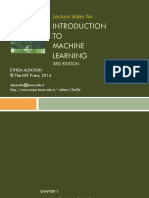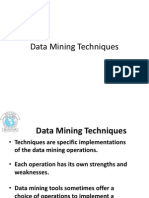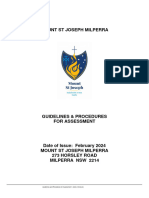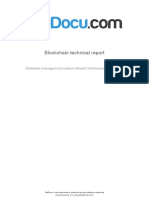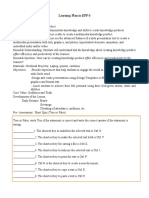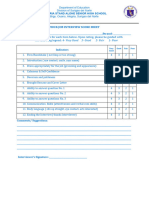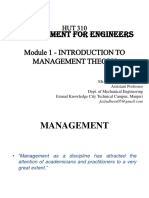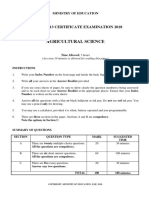0% found this document useful (0 votes)
23 views89 pagesIntroduction To Machine Learning
The document presents an overview of Machine Learning, defining it as the ability of computer systems to learn and adapt from experience. It discusses various learning schemes, including supervised, unsupervised, and hybrid learning, along with their applications in fields like healthcare and data analytics. Additionally, it covers classification, clustering, and prediction techniques, emphasizing the importance of pattern recognition in complex tasks.
Uploaded by
jayanths.242sp014Copyright
© © All Rights Reserved
We take content rights seriously. If you suspect this is your content, claim it here.
Available Formats
Download as PDF, TXT or read online on Scribd
0% found this document useful (0 votes)
23 views89 pagesIntroduction To Machine Learning
The document presents an overview of Machine Learning, defining it as the ability of computer systems to learn and adapt from experience. It discusses various learning schemes, including supervised, unsupervised, and hybrid learning, along with their applications in fields like healthcare and data analytics. Additionally, it covers classification, clustering, and prediction techniques, emphasizing the importance of pattern recognition in complex tasks.
Uploaded by
jayanths.242sp014Copyright
© © All Rights Reserved
We take content rights seriously. If you suspect this is your content, claim it here.
Available Formats
Download as PDF, TXT or read online on Scribd
/ 89











